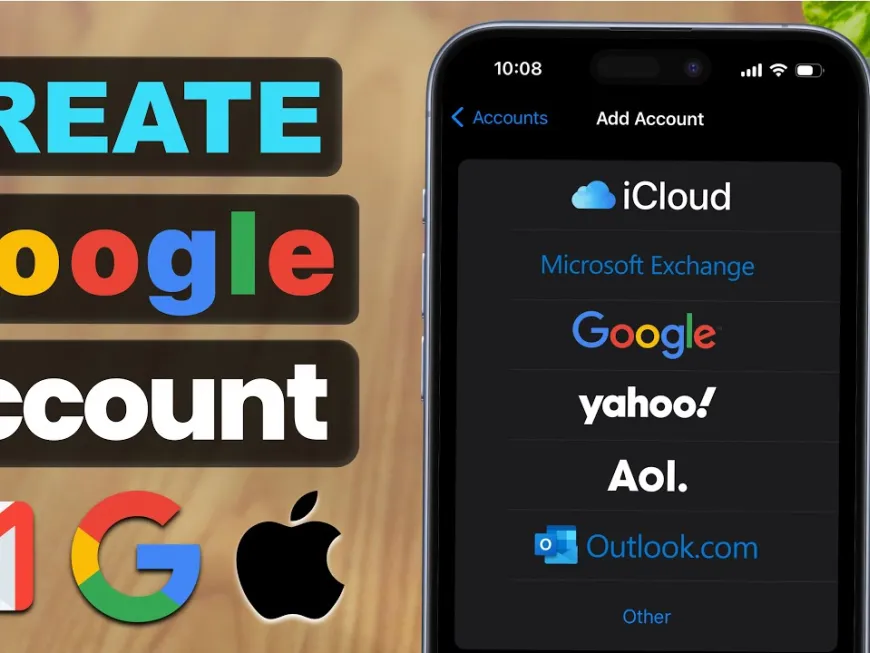
Introduction
With evolving email authentication standards and stricter bulk‑sending guidelines from Gmail, Yahoo, Microsoft, and Apple (DMARC, DKIM, SPF, unsubscribe headers), senders must find innovative strategies to maximize deliverability while staying compliant.
A rising approach combines iPhone‑registered Gmail accounts, routed through mixed global IPs and Indian‑based IPs. When configured correctly—authentication aligned, domains properly warmed up—this setup offers superior inbox placement and reduced throttling risk.
1. Why iPhone‑Registered Gmail Accounts?
iPhone‑linked Gmail accounts benefit from Apple's ecosystem and often use IPs and mail headers considered “trusted”. This reduces the chance that Google or other ESPs flag them as bulk or spam-sourced. Many users report that Apple‑originated mailflows face fewer blacklisting issues—helpful for cold outreach or high‑metered sends.
Even when authentication is perfect (Mail‑Tester score 10/10), Chinese or Indian hosted domains on non-mainstream IPs often get flagged. iPhone‑registered accounts sidestep many such filters, especially when used with proper DKIM/SPF/DMARC.
2. Indian IP Addresses: Do They Matter?
Many marketers worry that Indian IPs may hurt Gmail deliverability. However, IP reputation matters far more than location. An Indian IP with clean history and authenticated infrastructure can outperform a bad US IP.
That said, mixing in Indian IPs alongside global IPs can:
-
Provide regional resilience if certain blocks get throttled.
-
Support geo-targeted campaigns with better sender-recipient alignment.
-
Help spread sending volume across diverse IP pools, reducing per-IP risk.
3. Mixed IP Rotation Strategy
Using multiple IPs and domains in rotation isn’t just safer—it’s essential for scaling. Many marketers now use IP pools to:
-
Distribute load across domains/IPs
-
Isolate reputation per stream (transactional vs marketing)
-
Rapidly retire flagged IPs without disrupting operations
Google itself no longer sets fixed daily IP send limits—instead, reputation defines capacity. High-reputation domains on clean IPs can send millions per day.
4. Authentication & Compliance Is Non‑Negotiable
From February 2024, Gmail, Yahoo, Apple, and Microsoft require:
-
SPF, DKIM, DMARC properly aligned
-
One‑click unsubscribe links (and headers)
-
Spam complaint rates below 0.1%
Failure to meet these results in throttling or outright rejection—even if sending volume is low.
5. Warm‑Up Protocol for iPhone Gmail Accounts
Each iPhone-linked Gmail + IP pairing must be warmed up gradually:
-
Day 1–3: 20–30 emails/day (highly engaged recipients)
-
Week 1–2: 100–300/day
-
Weeks 3+: ramp based on engagement, bounce, spam metrics
Monitor via Google Postmaster Tools and remove low-engagement contacts quickly. Reputation managers show early flags so you can retire problematic IPs fast.
6. Real‑World Insights from Marketers
“A separate IP will work. Being blacklisted depends on a lot of factors... a dedicated IP helps deliverability.”
“IP reputation matters more than the location... proper authentication & clean lists helps far more.”
Even Apple’s iCloud takes note of ESG signals—even flawless DKIM/SPF isn’t always enough if reputation drops. Rep-level bounce/spam data matters more.
7. Implementation Blueprint
| Step | What to Do |
|---|---|
| 1. Create iPhone‑linked Gmail Accounts | Use legit iPhones with verifiable phone numbers |
| 2. Acquire Indian & Mix IPs | Clean, dedicated IPs, verified via tools like SenderScore or MXToolbox |
| 3. Establish Domains/Subdomains | Separate domains per stream (promotional, transactional) |
| 4. Authenticate Each Domain/IP | SPF, DKIM, DMARC with monitoring |
| 5. Warm‑Up Slowly | Stage audience volumes, prioritize engagement |
| 6. Rotation & Segmentation | Assign each email stream its own domain/IP |
| 7. Monitor & Adapt | Use Postmaster Tools, bounce/spam feedback |
| 8. Content Hygiene | Change message templates per send; avoid spammy phrases |
Conclusion
Using iPhone-registered Gmail accounts through a mix of Indian and global IP addresses, combined with strong domain authentication and rotation strategy, offers a robust path to improved deliverability and scaling for bulk email workflows.
Focus on reputation first—location second. With this setup, you minimize filter risks, maximize inbox reach—and scale ethically.
Tags: iPhone Gmail Indian IP Gmail Mix IP Gmail Bulk emailing accounts Cold email setups High deliverability Gmail iPhone‑registered Gmail accounts Indian IP email marketing Gmail warm‑up strategy iPhone bulk mail workflow Mix IP email strategy Gmail account rotation Deliverability optimized Gmail Indian IP SMTP Gmail Cold outreach Gmail India Clean IP Gmail sending Gmail marketing 2025 Bulk Gmail India IP Best email setup iPhone Gmail.




Write a comment